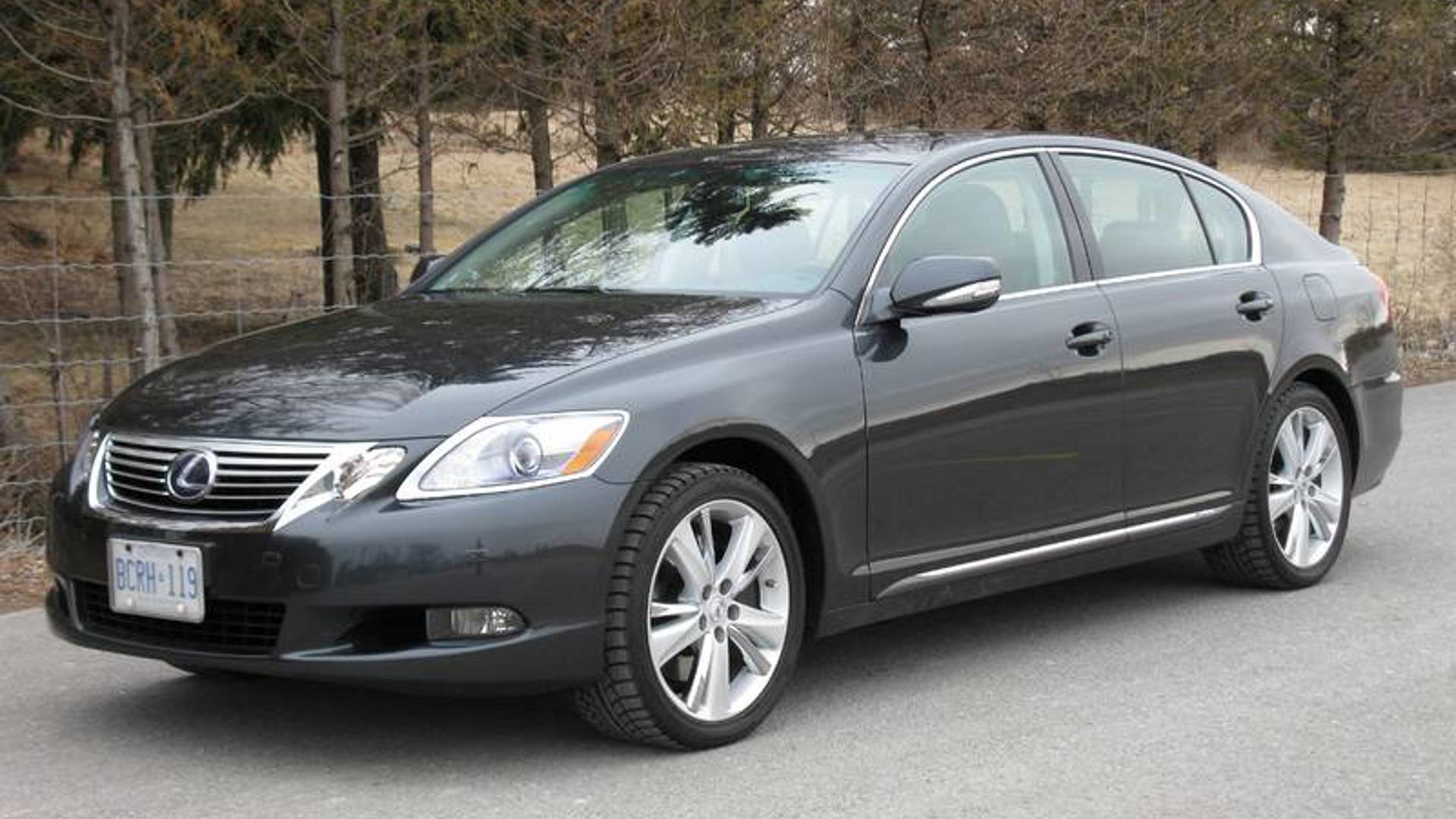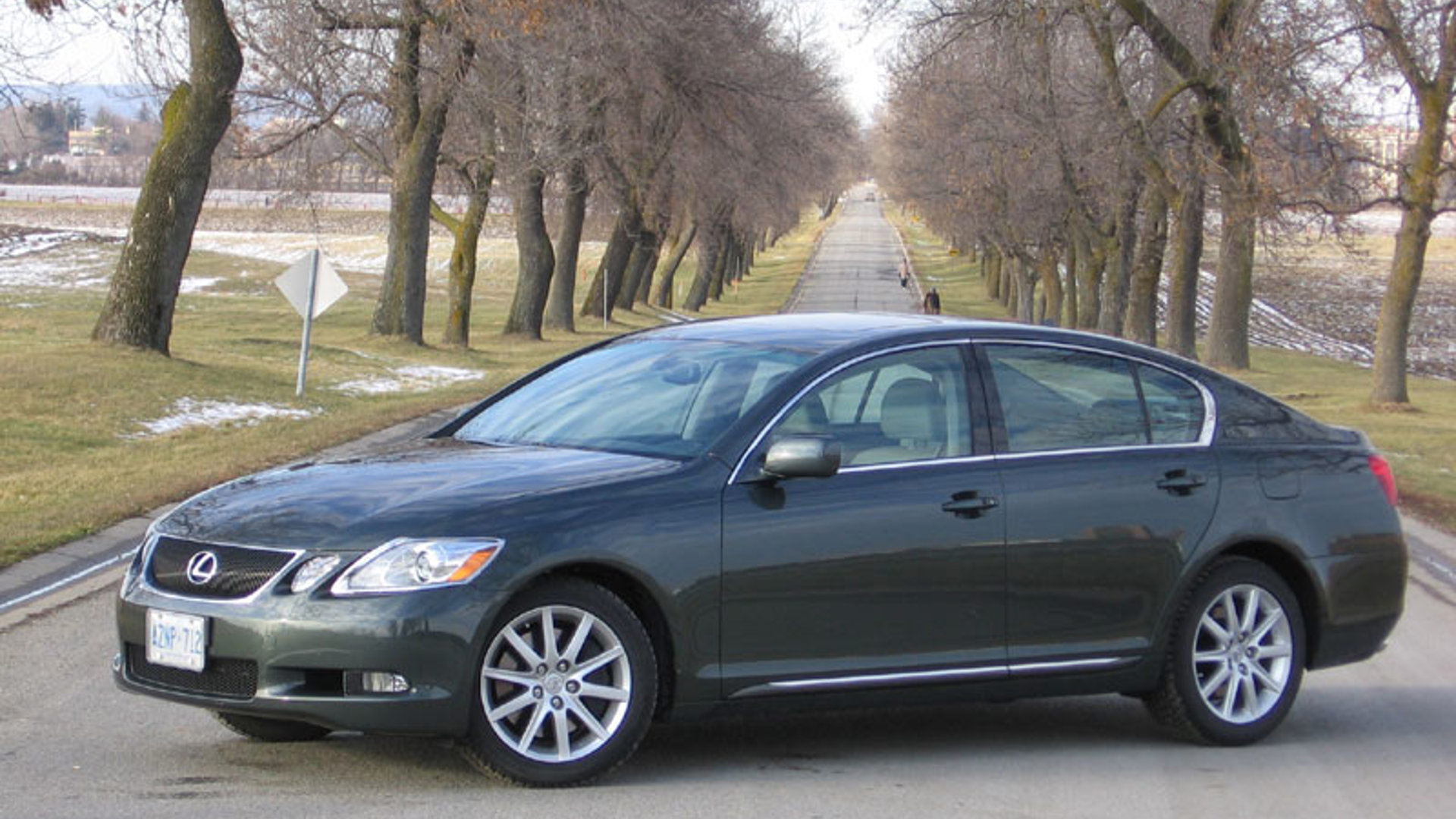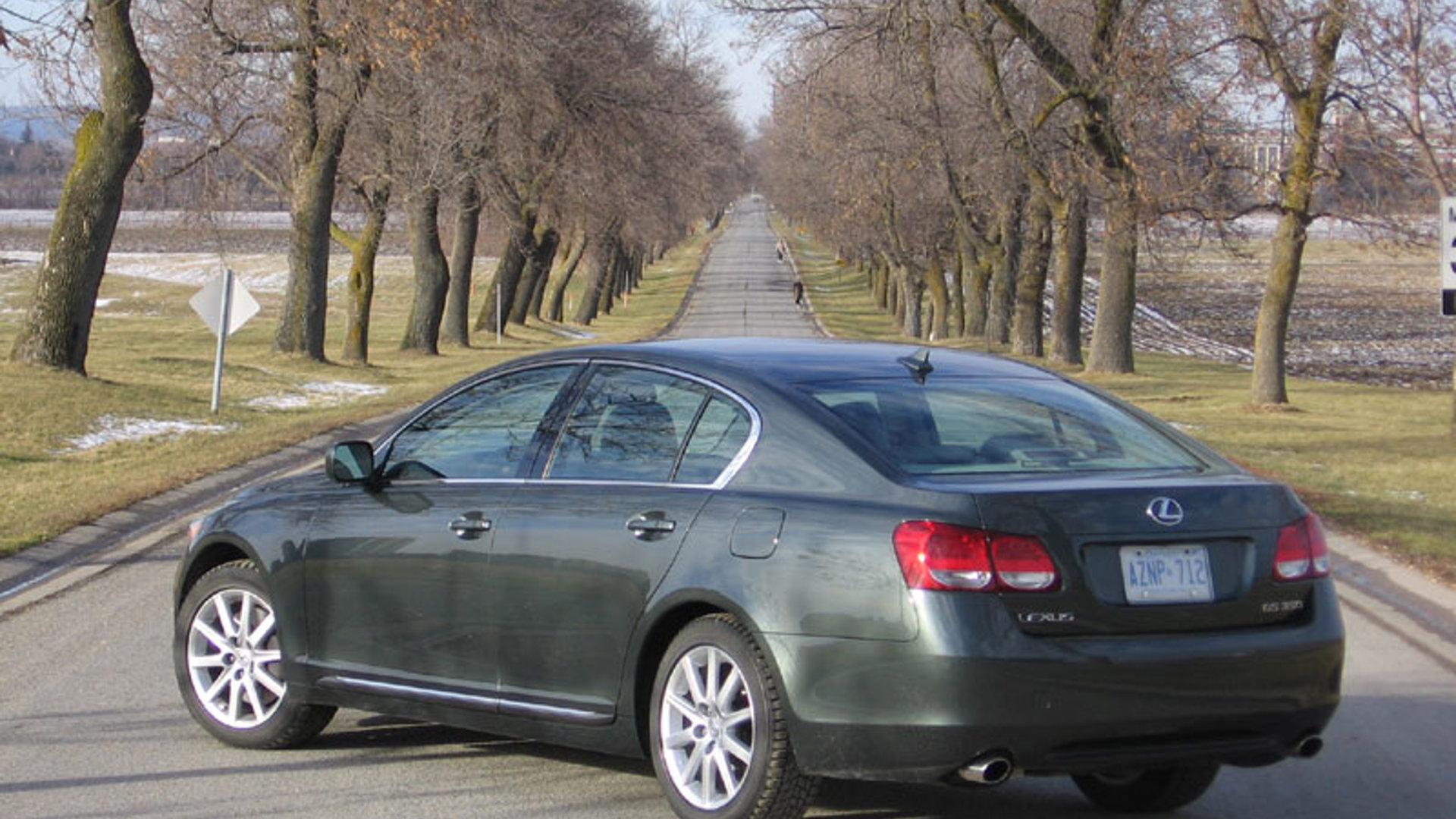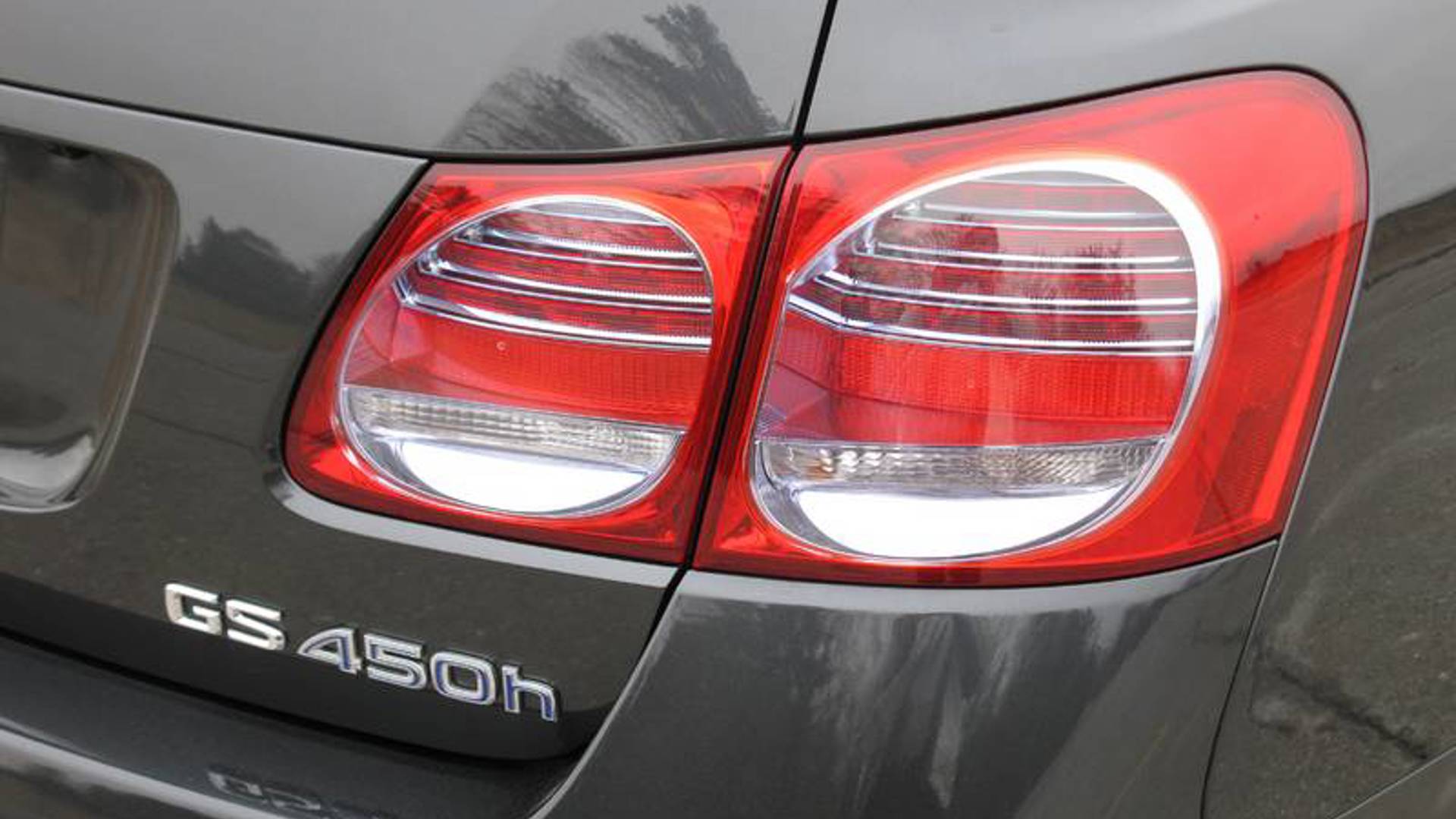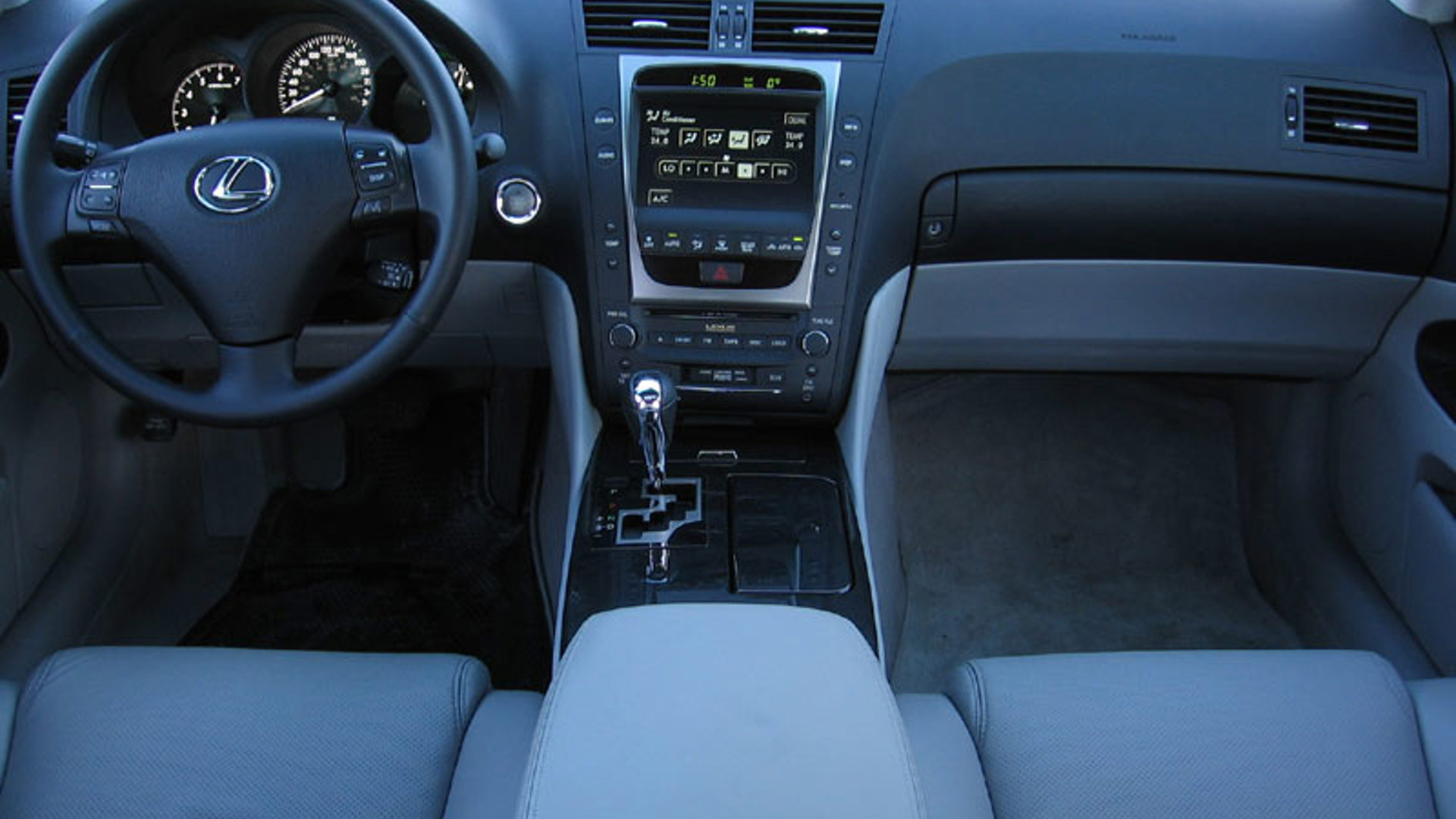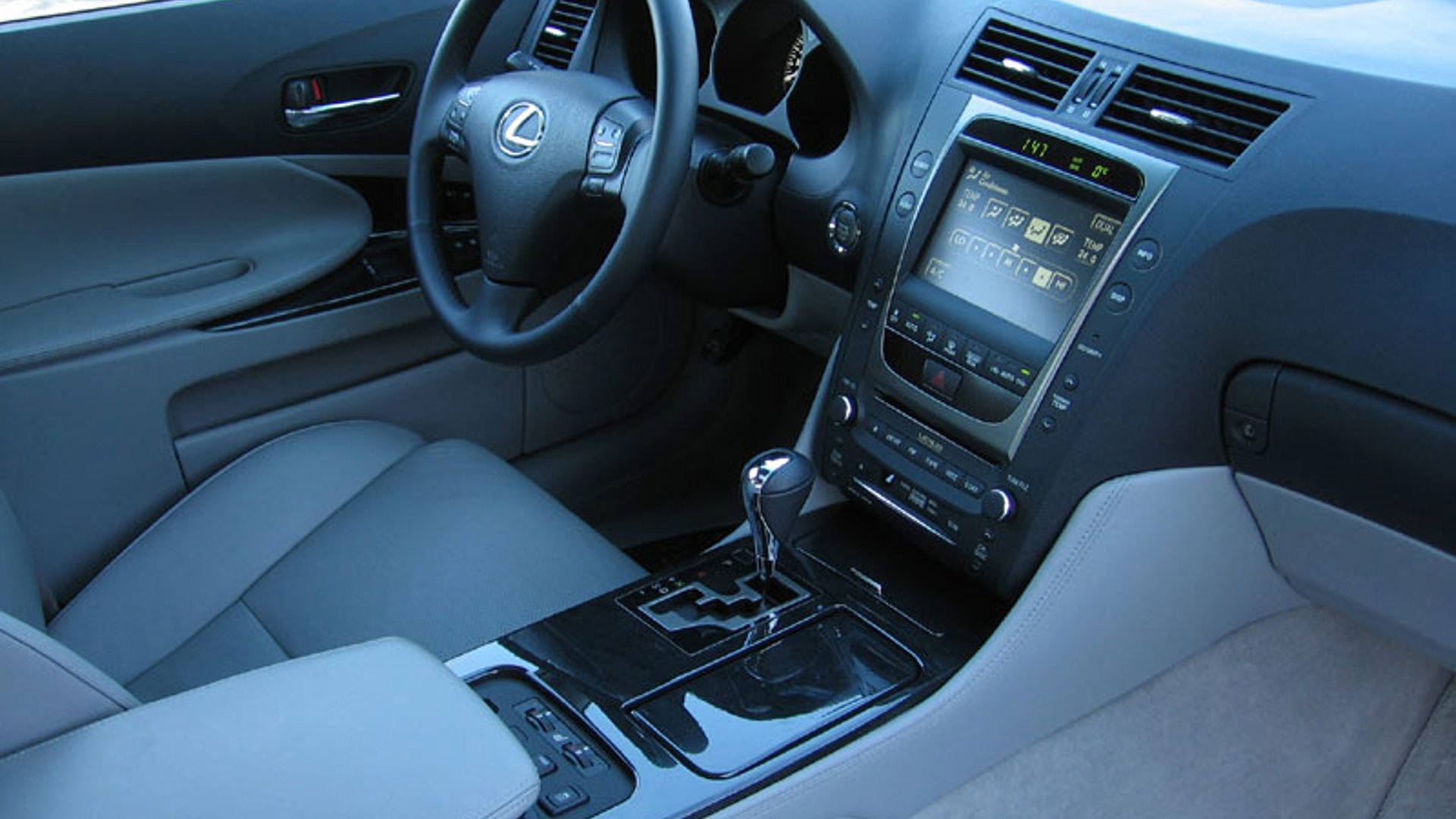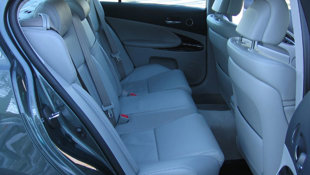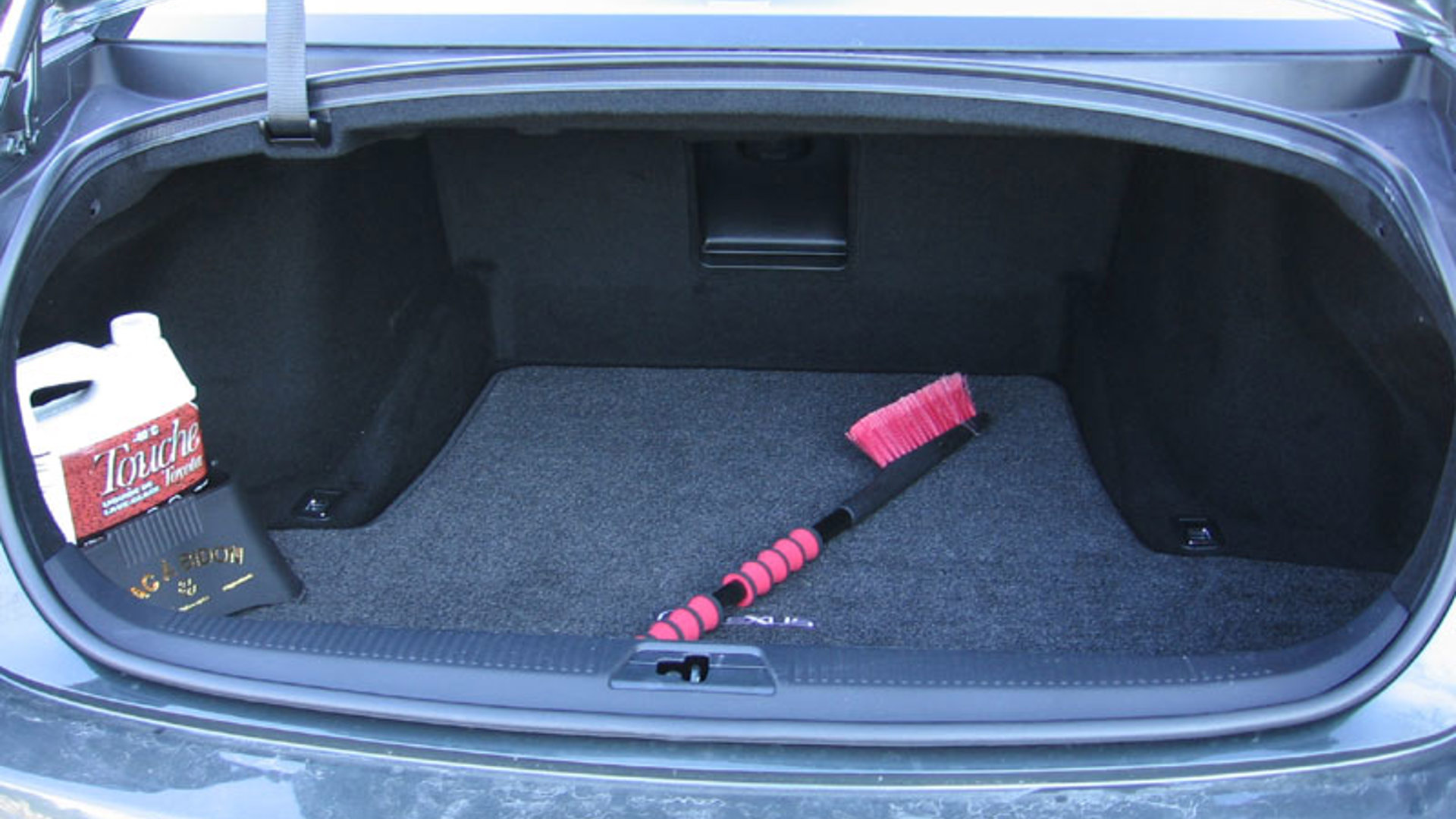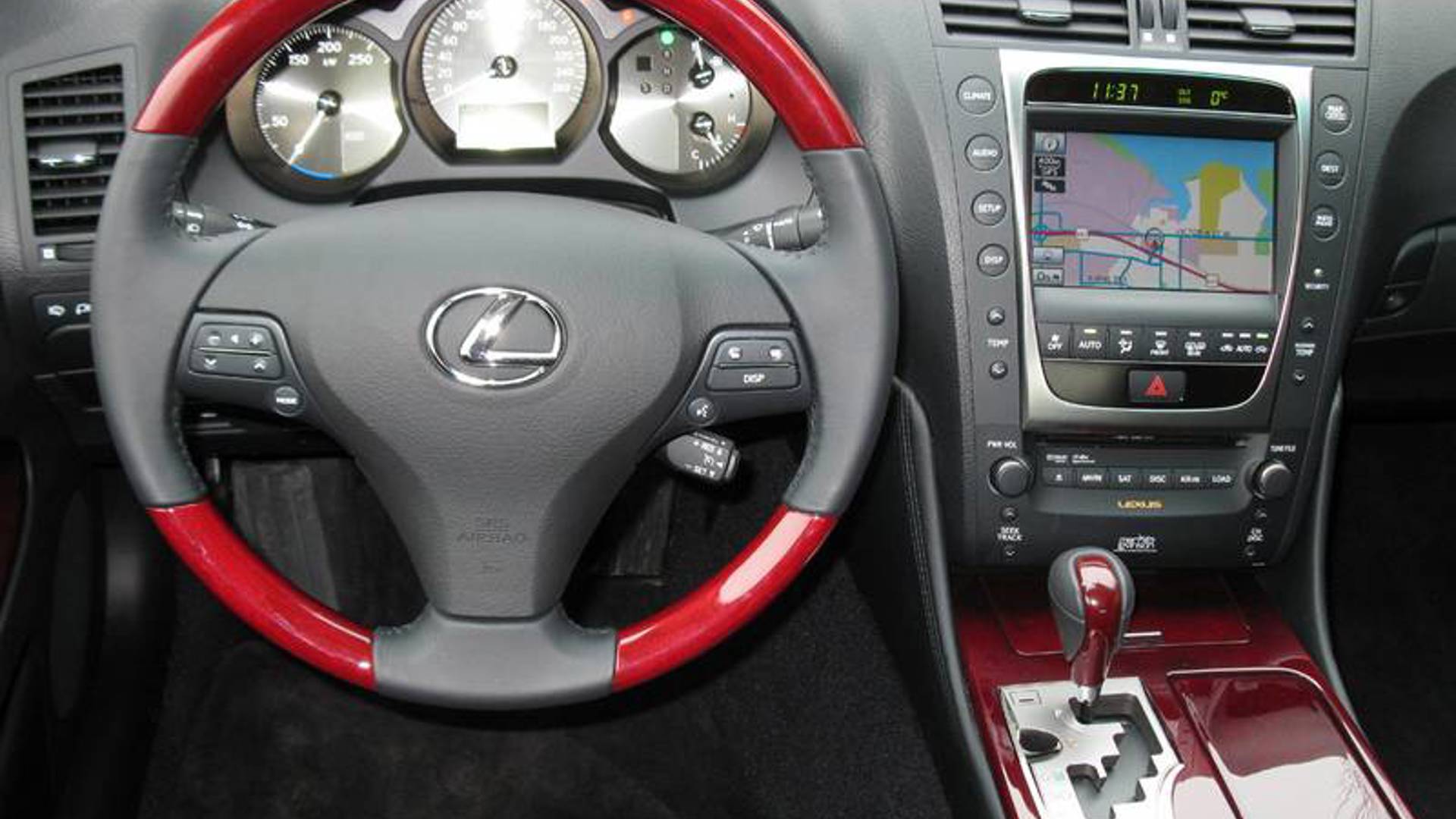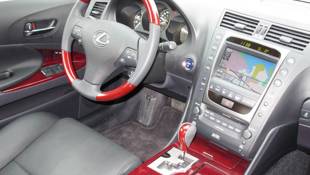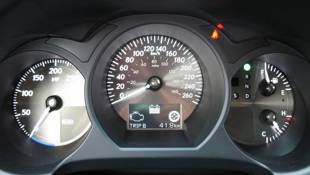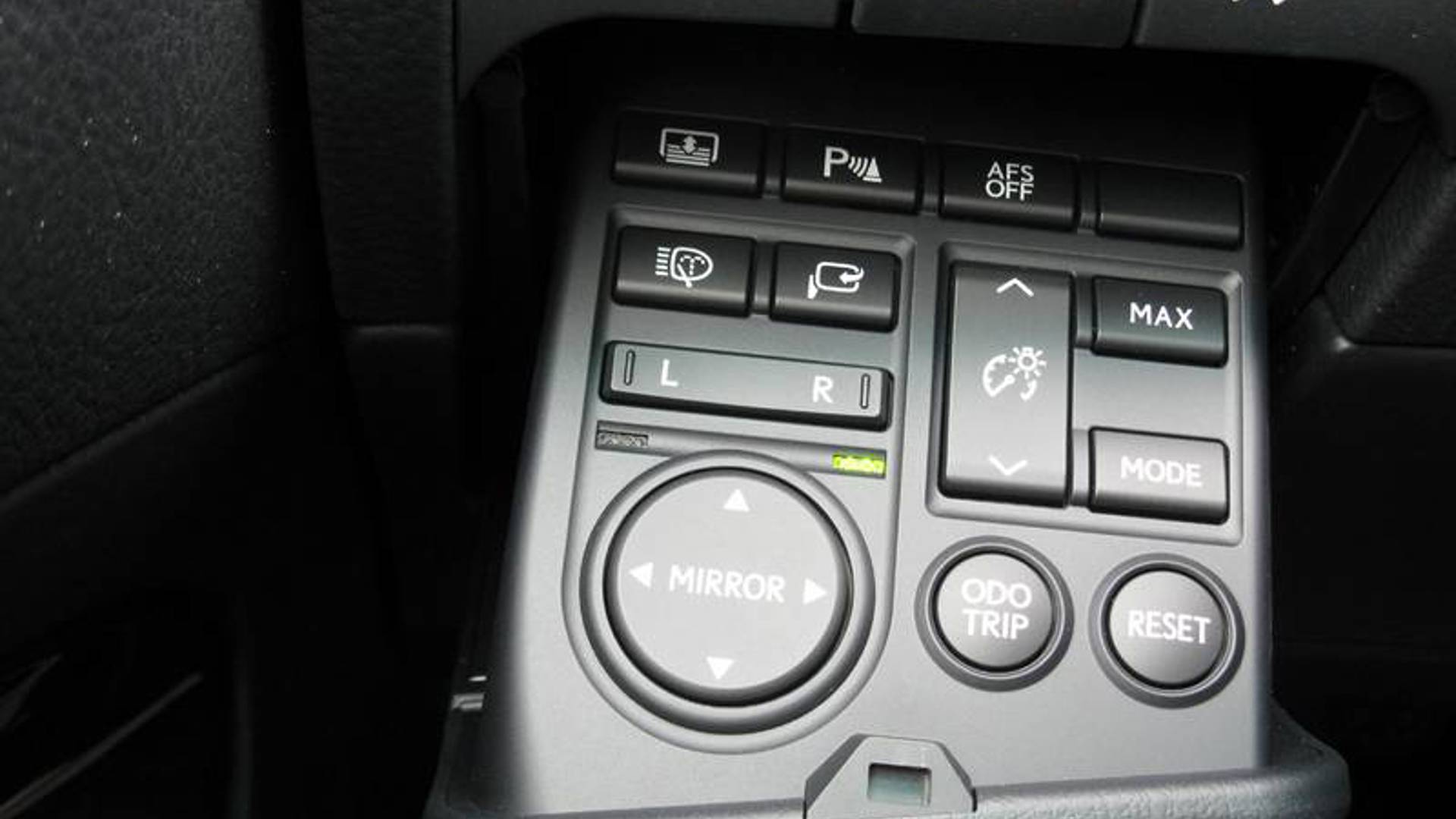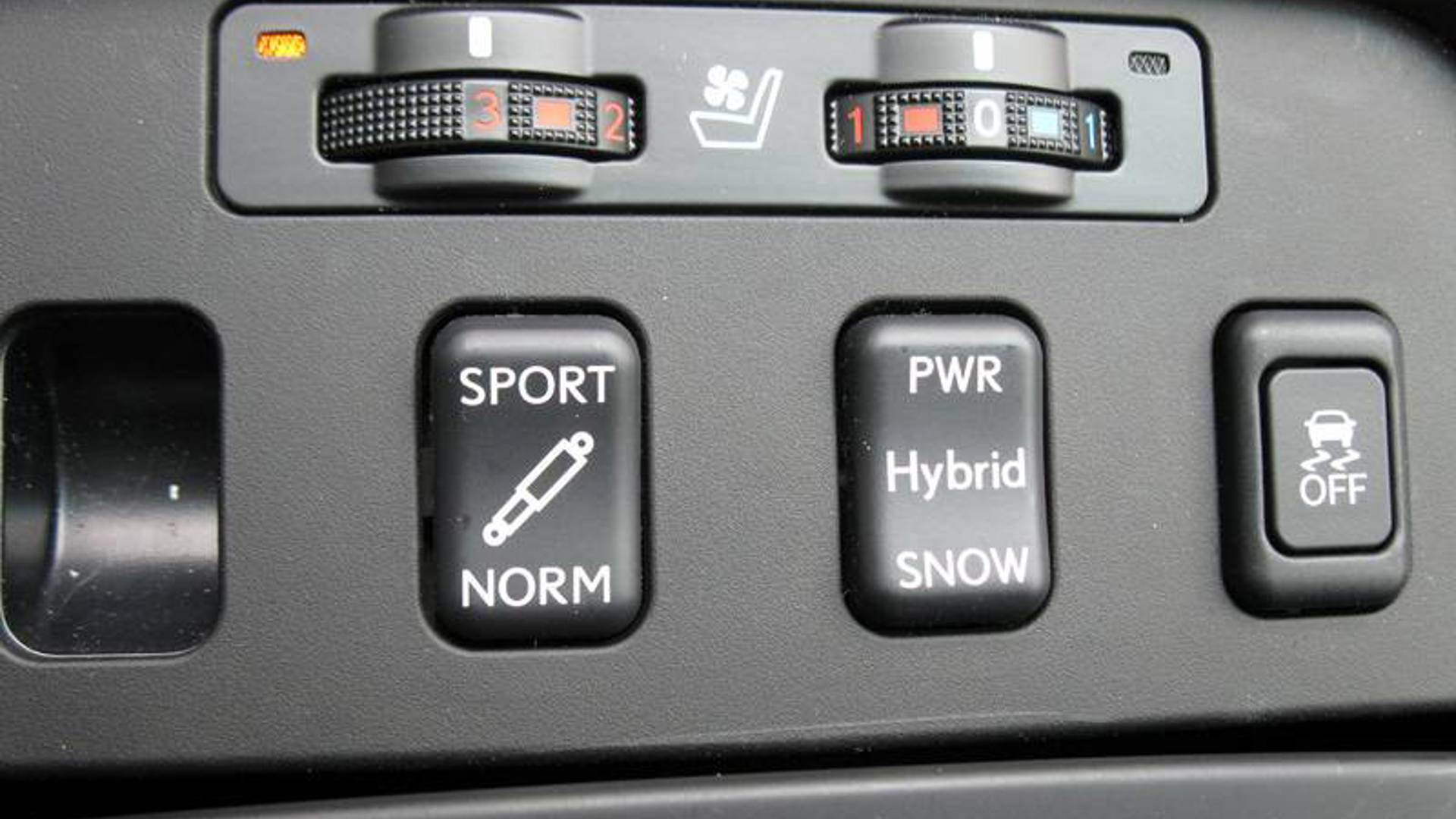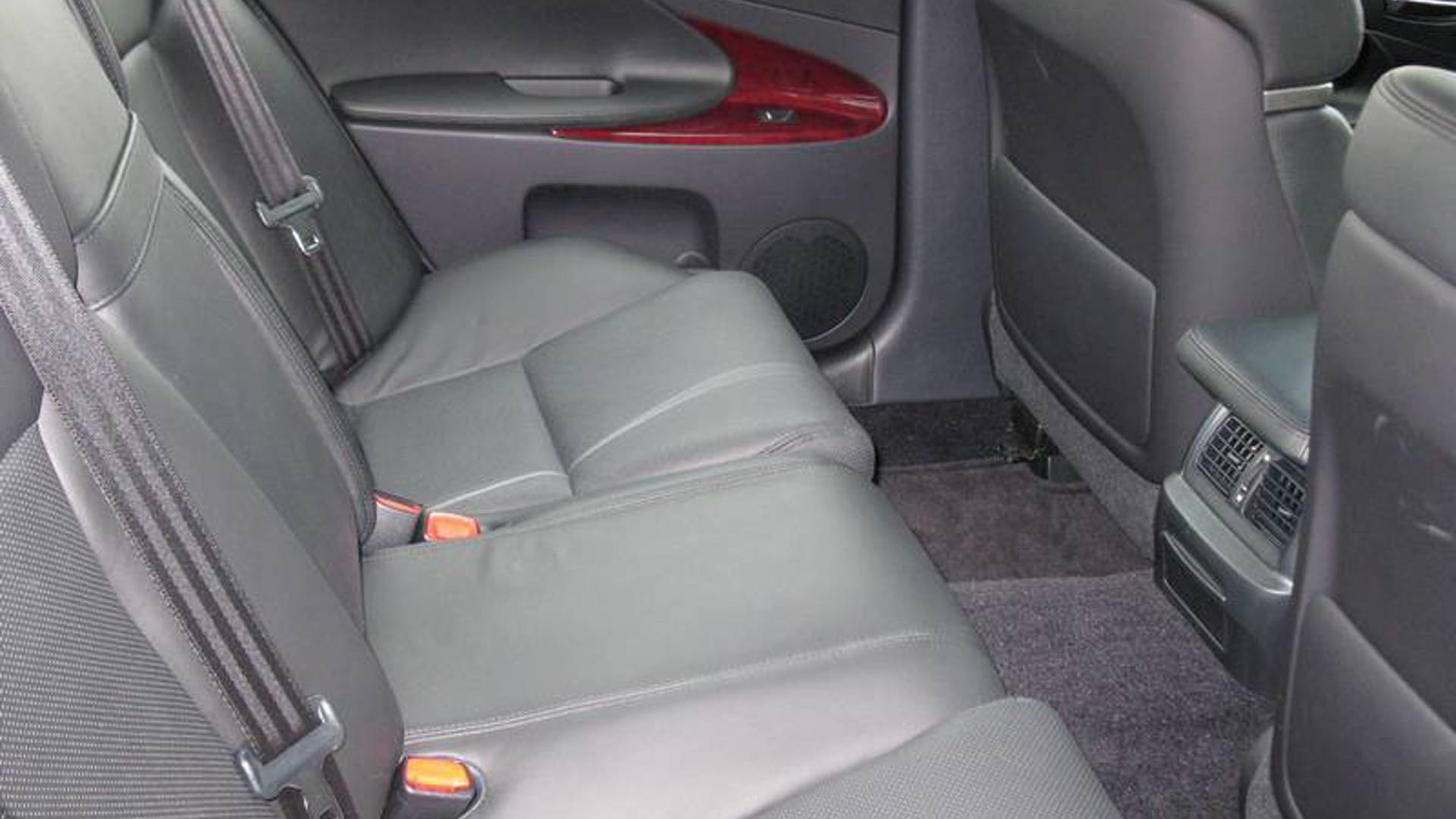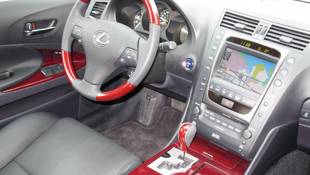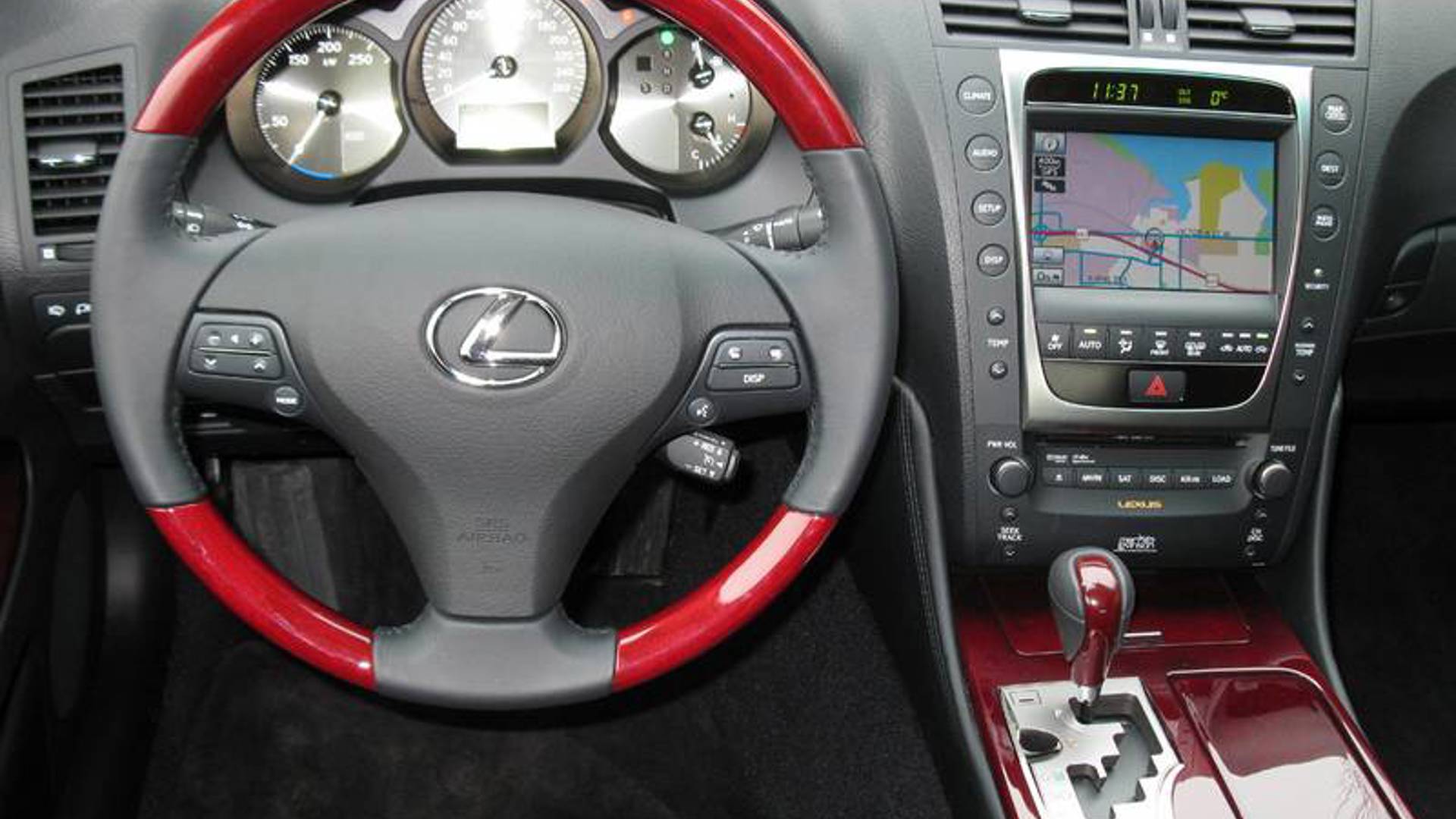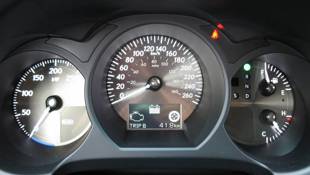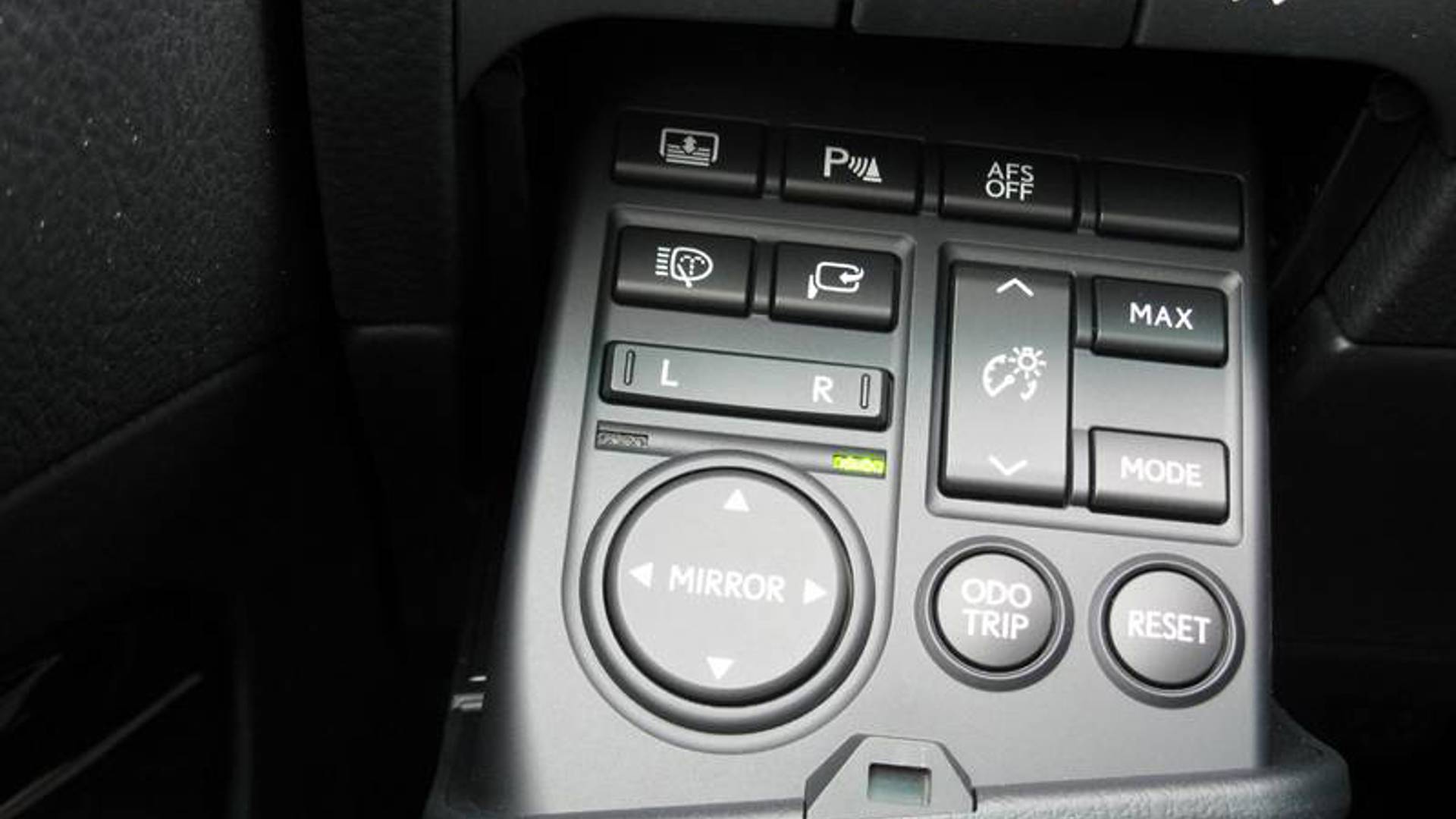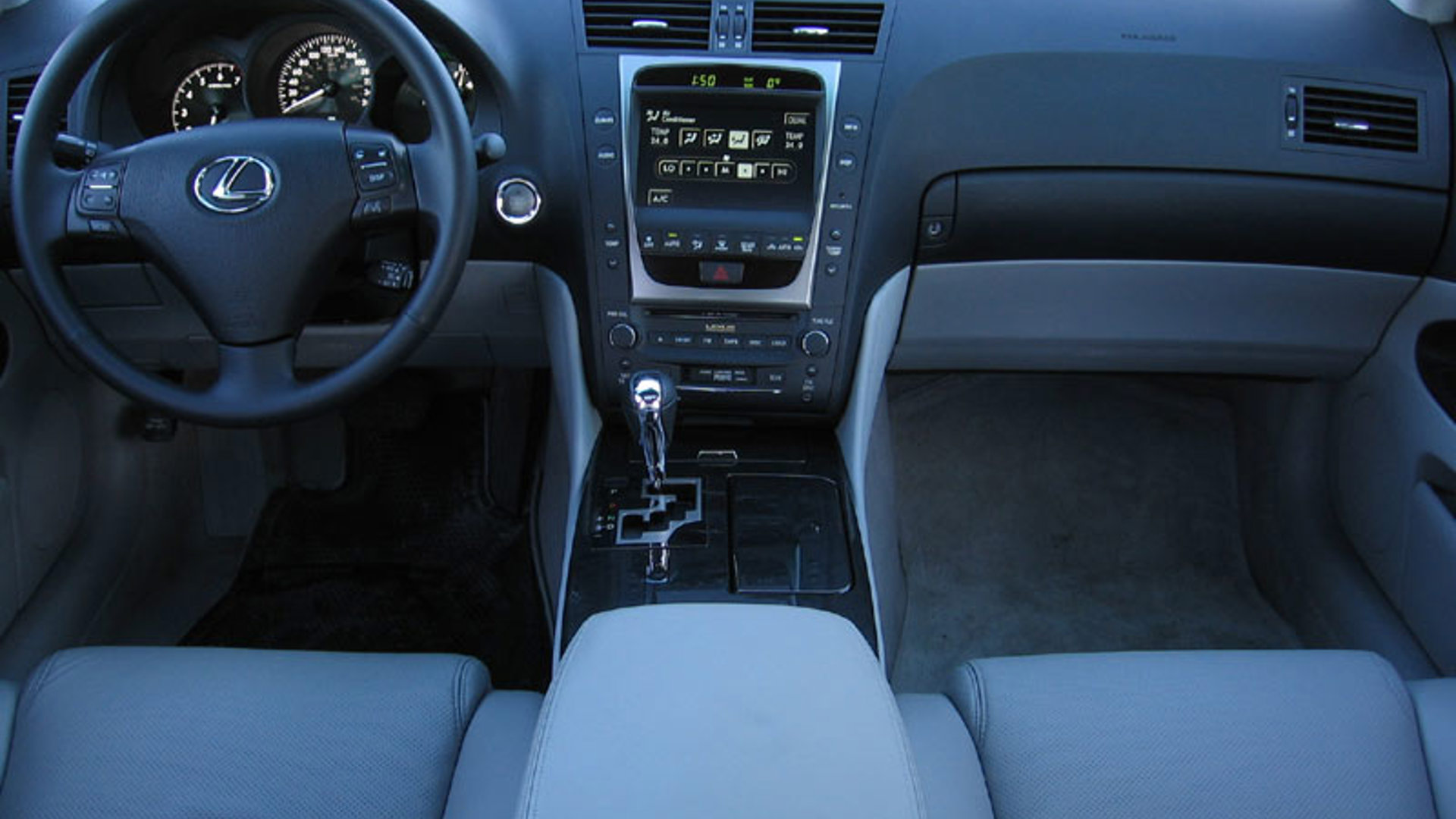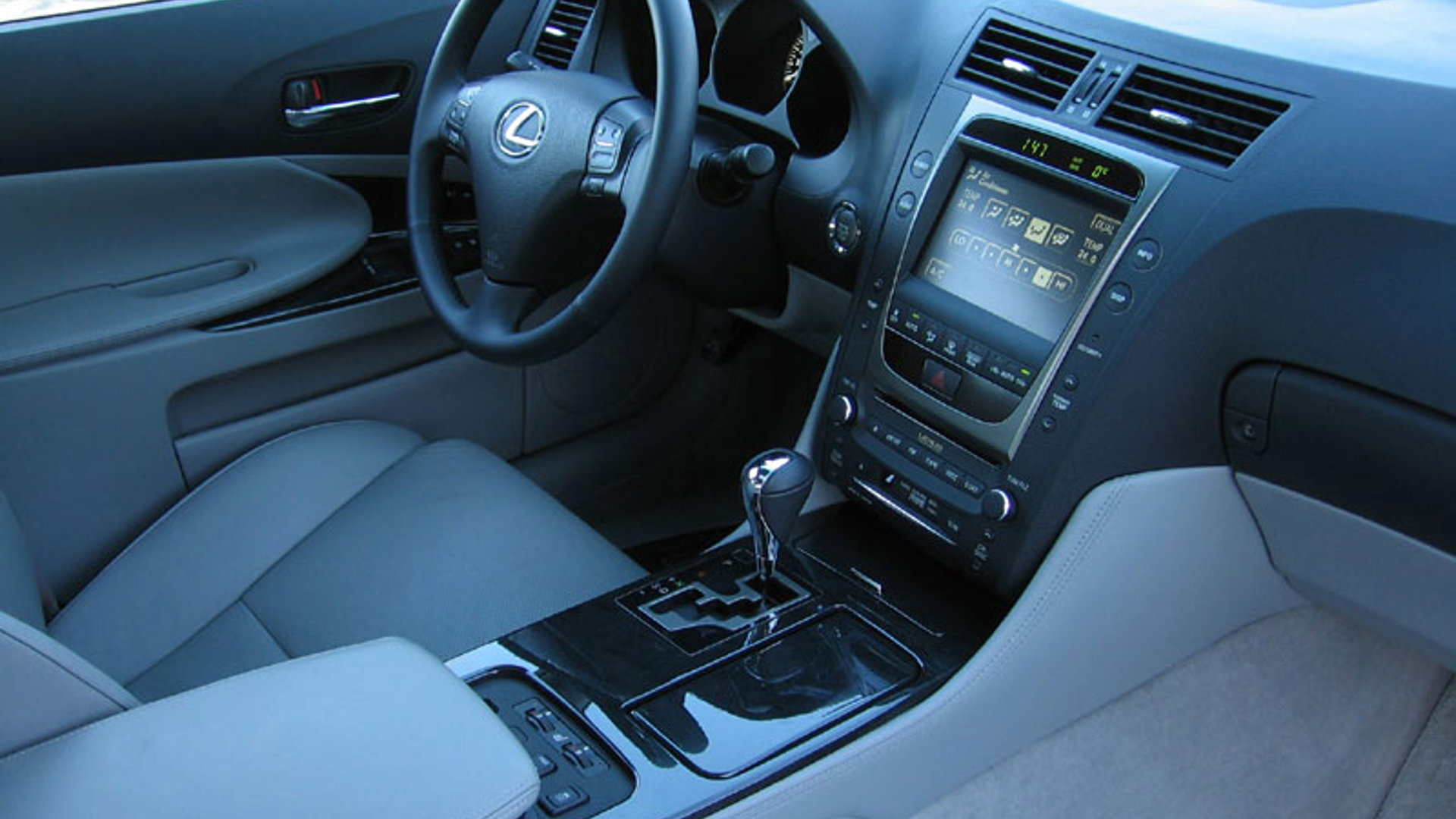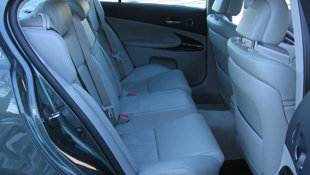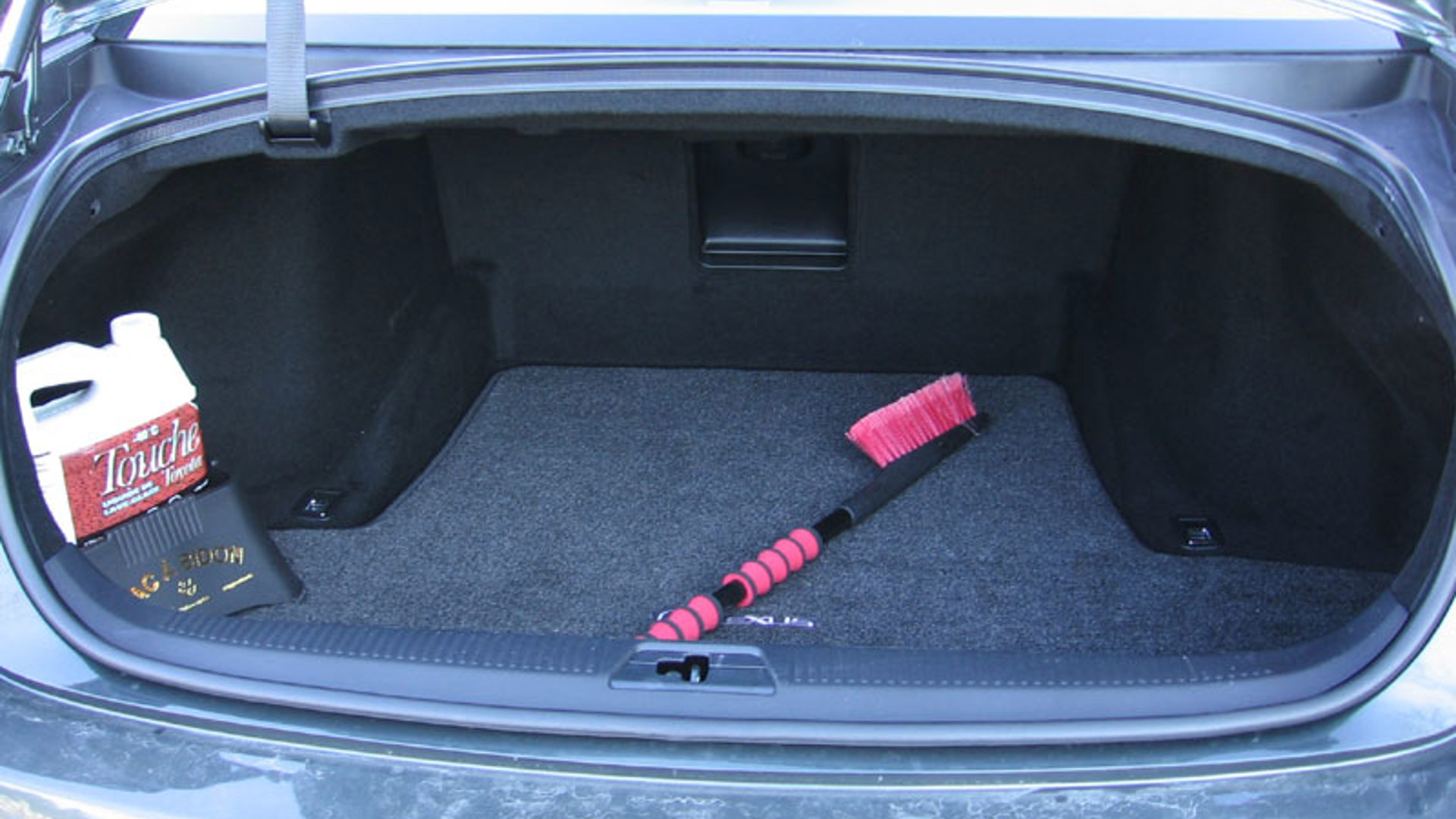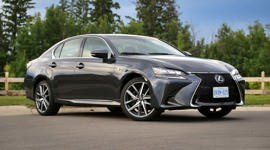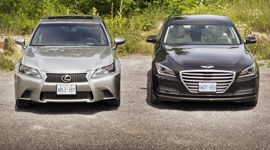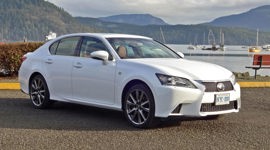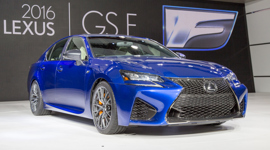Vehicle Type
Owners tend to rave about the GS’s lavish cabin, high quality feel, very comfortable ride, good handling, and the potent up-level stereo system, if equipped.
Luxury Sedan
History/Description
For years, the Lexus GS model range has been sought after as a sensible and affordable alternative to pricey European competitors. Available with numerous drivetrain configurations to suit a variety of needs, this generation of the Lexus GS could be specified with both six or eight-cylinder engines and an advanced All Wheel Drive (AWD) system for year-round performance. A hybrid-powered version was available, too.
Key competitors include the BMW 5-Series, Mercedes E-Class and Audi A6.
Do you like gadgets and features? The GS included a smart card key with push-button start, adaptive headlights, navigation, a potent Mark Levinson stereo system, Bluetooth, parking assist, a rear-window sunshade, climate-controlled memory seats, and plenty more. Don’t miss the leather-trimmed accents, maple-wood trim, 10-speaker audio system with CD-changer, and three-position front memory seats. Water-repellant door glass, rain-sensing wipers and auto-dimming rearview mirrors were also on board.
Safety systems included Smart Stop Technology, Electronic Brake Force Distribution and Brake Assist, which work to support drivers in maintaining optimal stopping power and full vehicle control at all times. Blind Spot Monitoring and Forward Collision Warning systems could be specified, too.
All said, this generation Lexus GS, and especially later models from this generation, packed nothing short of the full array of safety systems and tech available at the time.
Engines
Depending on the year and model in question, look for a 3.5 litre V6 with around 300 horsepower in the GS 350, with rear or all-wheel drive as an option. A 4.6 litre V8 engine was available with rear-wheel drive in the GS460, and the rarer GS 450h packed a hybrid 3.5 litre V6 setup, offering improved mileage and 339 horsepower, as the world’s first mass-production rear-drive hybrid luxury car.
What Owners Like
Owners tend to rave about the GS’s lavish cabin, high quality feel, very comfortable ride, good handling, and the potent up-level stereo system, if equipped. Models with AWD add plenty of confidence in slippery conditions, and fuel mileage is rated favorably on V6-powered models.
What Owners Dislike
Some owners wish for a lighter and more precise feel from the steering and brakes, better fuel efficiency from the V8-powered GS 460, and more trunk space in the hybrid-powered GS 450h, which loses a good slab of trunk space to accommodate the hybrid battery.
By and large, the following statement reflects the sentiment that proliferates most owner reviews of the Lexus GS: “I’ve owned this for over 3 years now, and love it. Super silent, smooth and very powerful ride.”
The Test Drive
If you’re considering a used, third-generation Lexus GS, start by familiarizing yourself with this web page, which is packed with everything you need to know, and more, about owning, buying, maintaining and even customizing a 2006-2011 GS.
Note that the GS is a fairly common candidate for aftermarket customization, especially via alterations to suspension parts and wheels. When shopping, note that the average shoppers is best advised to avoid a model with modifications like these. A high quality set of upgraded wheels typically pose no concern, though suspension lowering kits, camber kits, low-quality oversized wheels, and other extensive modifications may cause problems and can adversely affect the reliability and durability of all engaged components. Stick to stock where possible.
Next, try all of the doors, several times, opening and closing each one. Some owners have reported issues with door hinges and hinge pins, which can wear out and cause the doors to sag or become difficult to open and close. Left unattended, this issue seems to worsen, and may cause damage to the rubber weather seals, if the door sags and allows contact between the rubber seals and the car body. In some cases, lubrication helps fend off issues temporarily, though replacement hinge pins, or a replacement hinge set, is sometimes required, and may be pricey.
Do the headlights in your new-to-you Lexus GS seem to be a little dim or dull? Some owners report the need to occasionally adjust or re-aim the projectors and housings, which is a do-it-yourself job, provided you’ve got the right tools. More reading here. On the topic of headlights, confirm that the lights aren’t flickering, if possible. If they are, the vehicle probably needs new HID ballasts, which are part of the lighting system’s electrical workings. Some owners have had to be creative in finding an affordable replacement solution, as Lexus apparently sells the ballast only with a totally new headlight housing, which is expensive. More reading here.
If the instrument cluster lights up like a nightclub with numerous error lights and messages, don’t panic. A likely culprit is a weak or dying battery, or even a loose or failed gas cap. Neither is a big deal to fix. A note here, though: warning messages or warning lights are best investigated by a Lexus technician, in order to determine the cause of the issue. Many owners have wasted many hours and dollars guessing what the problem could be, throwing money at various fixes with no results. In any car, and especially a complicated one like a Lexus GS, take a warning light or error message as an invitation to have the vehicle scanned, to determine what the problem actually is, and take it from there.
Next up? Note that issues with non-functional or sporadic climate controls, navigation operation, or Bluetooth functionality, can often be remedied via a software update, which reprograms the central command unit of the GS and addresses potential bugs.
If you’re considering a hybrid-powered GS 450h, be sure to confirm that all applicable updates and recalls have been carried out, and have the vehicle scanned by a Lexus technician, even if there are no signs of trouble.
Be sure to feel the transmission for signs of jerkiness, rough shifting, surging, slamming, or clumsiness. Some owners have reported transmission issues like these, possibly accompanied by sporadic performance from the engine. Though data is far from conclusive, some owners have reported fixes ranging from the installation of a new ECU computer module to a transmission fluid flush, to a professional cleaning of the fuel injectors. If the GS you’re considering exhibits any of the trouble signs above, you’re typically best to move to another unit.
Finally, Note that a faulty oil line on earlier models with the 3.5 litre V6 engine could lead to oil ‘starvation’ at start-up when the engine is cold – which may result in a loud, clattering ‘metal on metal’ noise from within the engine. Ensure the GS you’re test driving is cold and hasn’t been warmed up ahead of your arrival to conceal this sound. Briefly placing your hand near (or carefully on) the exhaust tip should do the trick. A service bulletin addresses this issue, which your local Lexus dealer will be familiar with.
The Verdict
Most of the GS’s common issues should be easy to detect on a test drive, with the exception of potential headlight flickering, which won’t be obvious on a daytime test drive. In any case, a healthy used model with all maintenance records and a clean bill of health after a pre-purchase inspection is your safest bet. If the model you’re considering checks out as healthy, you’re well on your way to enjoying a world-class luxury sedan.
Here’s a list of recalls.
Crash Test Ratings
IIHS: Results here
NHTSA: N/A
